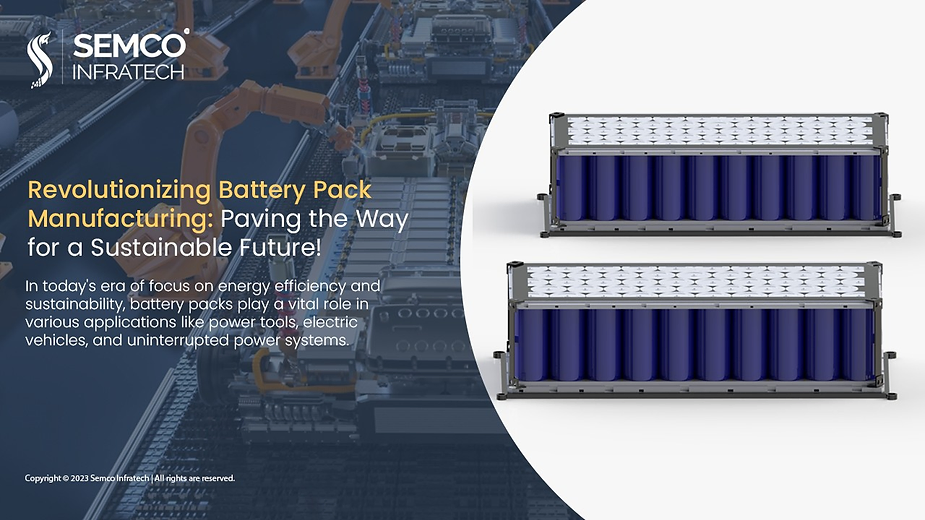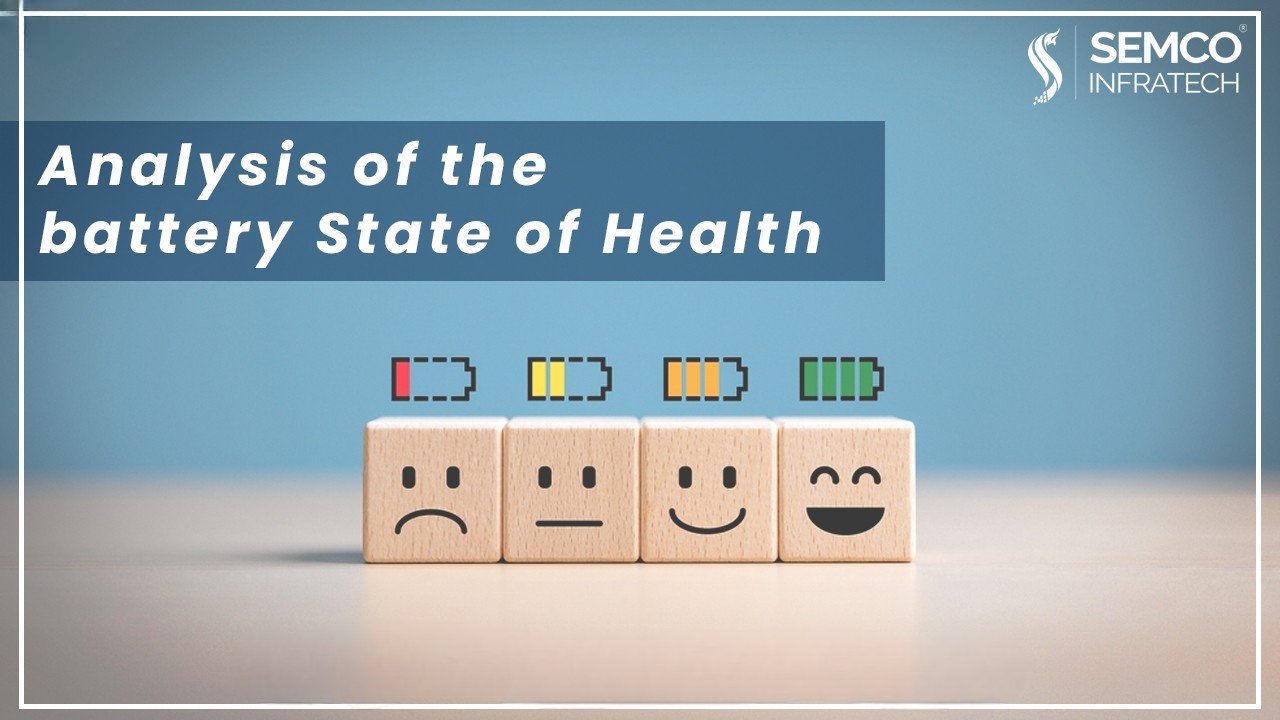Within the intricate architecture of lithium-ion batteries, tabs serve as essential conduits, acting as the “tentacles” that bridge the battery’s internal and external circuits. These metal conductors, extending from the positive and negative electrodes of the battery cell, are crucial for the current flow during charging and discharging. Their performance directly impacts key battery characteristics, including efficiency, internal resistance, and lifespan. Typically, positive tabs are crafted from aluminum, chosen for its excellent conductivity and lightweight properties, contributing to improved charging and discharging efficiency while minimizing overall battery weight.
Negative tabs, on the other hand, are commonly made from nickel or copper-plated nickel. Nickel’s exceptional corrosion resistance ensures stable performance within the battery’s demanding chemical environment, promoting long-term reliability. The tab pre-welding process, which involves attaching these tabs to specific components such as pole pieces or adapters, is a pivotal step in battery assembly.
This process establishes the foundation for a stable and reliable connection within the battery’s internal circuitry. Just as a robust vascular system is essential for a healthy heart, precise and high-quality pre-welding is crucial for the smooth execution of subsequent battery assembly stages and the overall safety and stability of the battery during operation.

The Purpose of Tab Pre-Welding
The primary objective of tab pre-welding is to create a secure and efficient connection between the tabs and the current collectors (copper or aluminum foil). This connection must exhibit low resistance and high strength to prevent breakages or weak welds during later stages of manufacturing and actual charging and discharging cycles.
The Pre-Welding Process: A Step-by-Step Approach
The tab pre-welding process typically involves the following steps:
- Material Preparation: Gather the necessary materials, including tabs (nickel or aluminum), current collectors (copper or aluminum foil), and insulating tape.
- Precise Positioning and Alignment: Utilizing a visual system (CCD) to ensure accurate alignment between the tab and the current collector.
- Welding: Employing either laser welding or ultrasonic welding technology to create the connection.
- Quality Inspection: Continuously monitoring the quality of the weld joints and removing any defective products.

Essential Equipment and Technologies
The tab pre-welding process relies on specialized equipment and technologies:
• Laser Welding Machines: Ideal for thin materials, offering non-contact welding, a small heat-affected zone, and high precision.
• Ultrasonic Welding Machines: Suitable for heat-sensitive materials like aluminium tabs, using high-frequency vibration to generate heat for welding.
• Automatic Feeding System: Ensures a continuous and stable supply of tabs and current collectors.
• CCD Visual Positioning System: Provides high-accuracy alignment, minimizing the risk of faulty welds.

Online Monitoring and Testing
Continuous monitoring and testing are essential for ensuring weld quality:
Real-Time Monitoring:
• Temperature monitoring using infrared thermometers to prevent overheating or cold welds.
• Position accuracy monitoring using the vision system to detect alignment deviations.
• Welding quality monitoring through current and voltage fluctuations.
Testing:
• Appearance inspection using automatic optical inspection (AOI) to check for uniform welds and the absence of defects.
• Tensile testing to measure the strength of the weld joints.
• Resistance testing to measure the resistance of the weld joints.
Critical Control Points
Several critical control points must be carefully managed to ensure a successful tab pre-welding process:
• Welding Energy Control: Dynamically adjusting laser welding equipment power or ultrasonic amplitude based on material thickness.
• Positioning Accuracy: Regularly calibrating the CCD system to prevent cumulative errors.
• Material Cleanliness: Pre-cleaning tabs to remove oxide layers or oil, which can cause weak welds.
• Environmental Control: Maintaining low humidity and a dust-free environment to prevent contamination of weld joints.
By adhering to these principles and utilizing advanced technologies such as portable laser welding machines, manufacturers can ensure the production of high-quality lithium-ion batteries with reliable and efficient connections.




